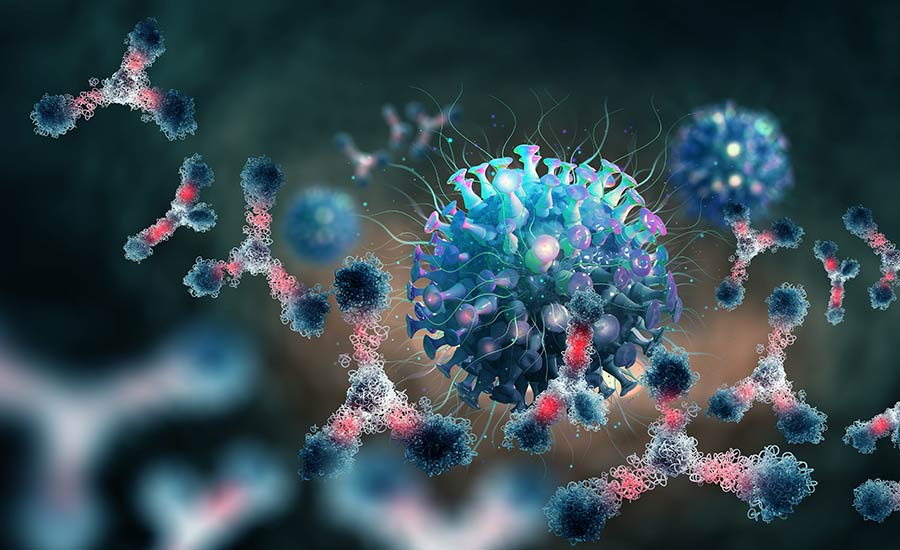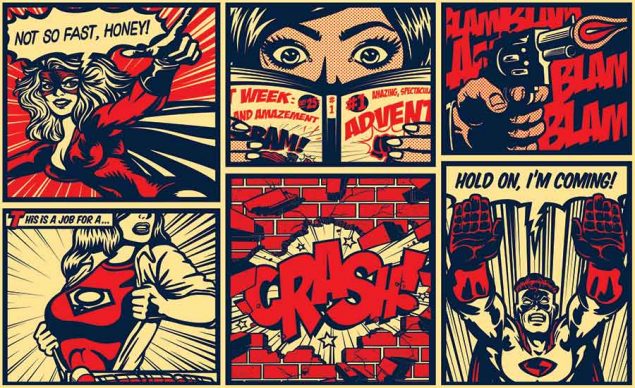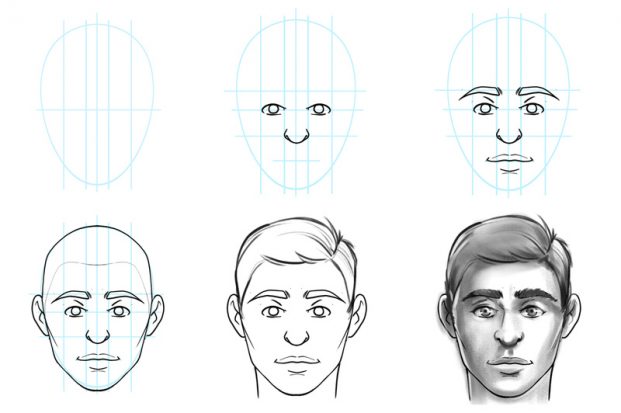Related Resources
Viruses are germs that, despite being super small, can make you sick.
Let’s say you woke up this morning with a sore throat and a runny nose.
You go to the doctor’s, and it turns out, you caught a common cold.
What do you think — how did you get it?
How do viruses spread and what happens in your body when they invade it?
We’ll dive into the miraculous world of virology to answer these questions and explain what your immune system’s warriors do when you’re under a pathogen threat. We’ll also share why sometimes, despite all the effort your protectors put up, viruses win and end up making you sick.

How Do Viruses Spread?
Viruses usually spread from one person to another through airborne droplets. When someone with a viral infection coughs or sneezes, they release virus-packed droplets into the air.
Viruses can spread in many other ways, but the three most common routes include:
- Droplet infections
- Contact infections
- Foodborne and waterborne infections













































1. Droplet Infections
Droplet infections are transmitted when an infected person or animal emits small droplets of saliva that carry viruses.
A droplet consists of saliva or mucus and comes from a person’s respiratory tract.
Whenever you breathe, speak, sing, cough, sneeze, or vomit, you produce droplets.
Essentially, you are spitting. All the time. It’s embarrassing.
Just kidding!
But yes, we’re producing droplets constantly, they’re just almost impossible to see.
The size of your respiratory droplets varies, and it ranges from >5 – 10 micrometers (μm) in diameter. For comparison, the diameter of your hair is between 17 – 181 μm.
Despite their small size, respiratory droplets can be loaded with viruses.
And like some infectious cannonballs, they travel through the air the moment you produce them. If respiratory droplets reach someone’s nose, mouth, or eyes, there’s a risk of transmitting the viral infection to them.
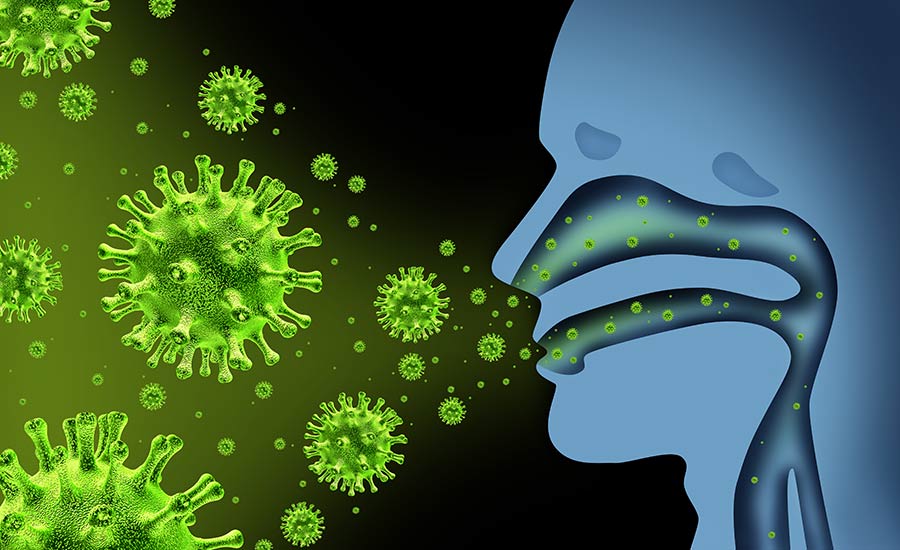
But respiratory droplets can’t travel very far. In fact, the distance they typically reach is around 3 feet (less than 1 meter).
Some of the infections that spread via respiratory droplets emission include common cold, influenza and even pneumonia.
If a respiratory droplet is <5 μm, we call it aerosol or droplet nuclei.
When a person is infected with a virus, the aerosols they spread can be packed with infectious menaces.
Even though aerosols are smaller than respiratory droplets, they can be particularly dangerous because they can stay suspended in the air much longer. For example, speech aerosols can stay in the air for up to 9 hours with a half-life of 87.2 minutes.
Moreover, aerosols can also reach greater distances than droplets. Research shows that aerosols can travel 20 to 30 feet (around 6 to 9 meters)!
If an infection is transmitted via aerosols, we call that an airborne or aerosol transmission.
For instance, COVID-19 is spread via aerosol transmission. That’s why we were advised to practice social distancing and wear masks once the pandemic started — to prevent infected aerosols from reaching our mouth, nose, and eyes.

2. Contact Infections
Contact infections, a.k.a. smear infections, occur when viruses and other microorganisms pass from one person to the other via direct physical contact. They can also spread from infected animals to people.
Remember how handshaking was also a no-no to avoid transmission of the COVID-19 virus?
That was advised because contact infections usually occur when shaking hands with others.
However, contact infection can also transmit through bodily fluids, when kissing an infected person, having sexual contact with them, or having contact with their oral secretions and body lesions.
Contact infections can also be transmitted indirectly. For example, when a person touches a contaminated object, such as a doorknob, and then rubs their eyes or touches their mouth with dirty hands, there’s a risk of infection.
3. Foodborne And Waterborne Infections
Contaminated food and water pose a great risk to your health.
Foodborne viruses come from the intestines of humans and animals. Therefore, they are excreted when vomiting or via feces.
If an infected person handles food and has poor hygiene, they could contaminate food with a virus and spread it to anyone who might eat that food.
Foodborne viruses can also spread by eating infected animals or having food come in contact with animal waste or sewage.
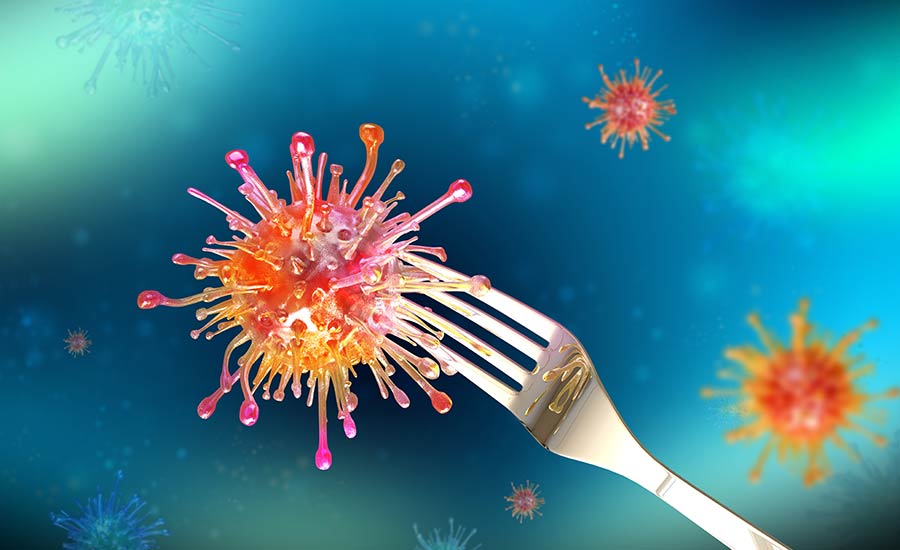
For instance, undercooked meat may cause you trouble if you eat it, especially if an animal was infected with a virus.
Some foodborne infections include Hepatitis A and Norovirus. The former causes liver inflammation while the latter causes stomach flu.
The same types of viruses can be transmitted via contaminated water.
As for waterborne viral infections, you can catch them if you:
- drink contaminated water and beverages
- eat food that was exposed to contaminated water
- bathe and wash in contaminated water
How Do Viruses Make You Sick?
Now that you know how viruses spread, it’s time we answered the question about how they make you sick.
Let’s go back to your hypothetical common cold — the one we gave you at the beginning of this article (no pun intended).
Let’s also say that the symptoms appeared after you spent an entire afternoon with your friend playing Assassin’s Creed Valhalla on PS5.
That friend felt sick the following day, and, since you were in close contact with them and spent hours playing together, you followed suit a few days later.
What happened to your body after an infectious intruder decided to let itself in?
When a virus enters your body, you should know that it has only one mission: to make more viruses!
But to do that, a virus needs help.
And it’s going to get it from you.
(The nerve!)
Viruses can’t grow in numbers on their own because they don’t have a metabolism. We covered this in our viruses vs. bacteria article, so check it out for more info.
The point is, viruses need a living host — they need your cells to replicate.

Stages Of Viral Replication
A virus may stay at the place where it entered your body or it may ride for free in your bloodstream and spread elsewhere.
No matter the location in your body, a virus looks for a cell to connect with, so it can start spreading.
Viral replication happens in six steps:
- Attachment
- Entry
- Uncoating
- Replication
- Assembly
- Release
Attachment is the first phase during which a virus connects to your cell and an infection begins.
The entry stage involves a virus entering your cell’s cytoplasm. This is the point when the viral DNA or RNA get inside your cell.
Uncoating is the step during which a virus loses its capsid. That’s the protein shell that protects viral DNA or RNA.
The replication stage is the point when the viral genome (DNA or RNA) replicates. It uses your cell’s ribosomes for protein synthesis.
Assembly occurs when the newly synthesized viral genome and viral proteins assemble to form a new virus.
Release is the last stage of viral replication when the new viruses are released in your organism. Depending on a virus, sometimes the host cell dies during the release. There are also viruses that can leave the host cell through the membrane and not kill it. Either way, once out, the newly formed viruses may continue to spread and attack surrounding cells to replicate again, or they could stay dormant in your cells.
How Does Your Immune System Prevent Viruses From Spreading?
To prevent a virus from spreading through your body, your immune cells activate.
White blood cells or leukocytes are particularly important in the first line of defense.
For example, neutrophils are a type of white blood cells that act as first responders to a threat in your body. Alongside macrophages and Natural Killer Cells (also types of white blood cells), they continuously roam your blood looking for signs of trouble. If they notice an issue, they attempt to kill the threat no matter its nature. If necessary, they also alert other immune cells.
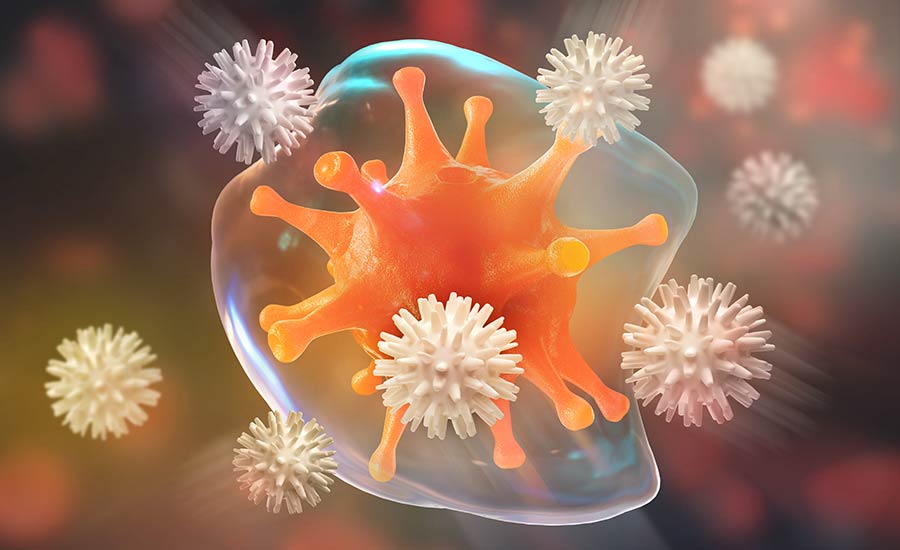
The reason these immune cells can immediately react to the presence of a virus is that they are a part of your innate immune system.
Innate immunity is written in your genes, meaning it protects you for a lifetime no matter the nature of a threat. It reacts immediately and tries to shut down the imposter in the first few hours it encounters it.
But that’s not all there is to your immune system!
Aside from innate immunity, your body also possesses adaptive immunity!
If your innate immune system cells fails to get rid of a virus or any other threat, your body’s adaptive immunity comes to the rescue.
The adaptive immune system relies on B-Cells and T-Cells to destroy antigens.
In the Biocosmos, the B-Cells squadron is led by the mighty Blastor. They are joined by Gamma-9, his fellow T-Cell comrades, and the rest of the fearless Biowarriors whenever antigens attempt to jeopardize the equilibrium within the Biocosmos.
Antigens are substances that trigger your immune system, including viruses, bacteria, or any other types of pathogens.
During the body’s primary immune response to an antigen, your B-Cells first attempt to identify the threat.
If they recognize it from before (in case the same virus already attacked you or you were vaccinated against it), they will quickly launch a sea of antibodies specific to that particular virus to get rid of it.
If an antigen is unfamiliar, the adaptive immune system will need several days to develop the right kind of deadly antibodies. While it does that, its immune cells memorize the antigen, so if it attacks you again, your immune system can kill it much faster!
Meanwhile, your T-Cells not only attack antigens by launching cytotoxic attacks at them, but they also stimulate B-Cells to produce more antibodies!

But if your immune system is weak, which can happen if, for example, you’re smoking or not eating well, or if there are too many viruses or other antigens attacking you, your immunity won’t be able to stop the sleazy pathogens from spreading.
When that happens, your immune system goes into full-on destructive mode!
It mercilessly begins to annihilate viruses.
As a result of its hard work, you may get a runny nose, cough, and, sometimes, a fever. These symptoms are a sign that your immune system is putting up a fight and working hard on getting rid of the infection!
Of course, a lot of times viruses don’t stand a chance against your immune system, so they get killed off before they begin to spread. This happens especially when your immune cells recognize a virus from before or if you got vaccinated against a particular type of virus, so you already have antibodies that can destroy the virus right away.
To help your immune system be strong, try to get enough sleep, exercise on the regular, eat healthily, avoid drinking too much alcohol and try not to smoke!
How Long Does A Viral Infection Last?
Depending on the type of virus that infects your cells and the strength of your immune system, the symptoms and the duration of the infection may vary.
For example, if you and your friend both catch a cold, it doesn’t mean you’ll have the same symptoms. They may have a persistent cough, while you may have to deal with a runny nose and occasional sneezing.
The symptoms usually appear one to three days after you are exposed to a virus, but some viruses have a longer time of incubation. For instance, the COVID-19 virus generally has an incubation period of up to five days, although, in some cases, that period can last for up to 14 days.
With most viruses, the symptoms usually peak two to three days after the infection started.
And with proper treatment, a viral infection starts to fade in four to ten days. In some cases, coughing may persist and last for about two weeks.
If you have a viral fever, it’ll likely disappear after a day or two. However, in case your temperature is 103°F (39°C), you shouldn’t wait and go see a doctor right away to run all the necessary tests and get good treatment.
How Long Is A Virus Contagious?
The period during which you’re infectious depends on the type of virus you catch.
With most viruses, you are most contagious within the first three to four days after you get sick. However, you’re also contagious even before the first symptoms appear and even after they’re gone.
For instance, if you have the flu, you are contagious one to four days before you get any symptoms. Once the symptoms start, you’re contagious between three to fourteen days. Once you feel better, it takes one to two weeks before you’re no longer contagious.
The majority of viruses are contagious for up to one to three weeks after the symptoms pass.
That’s why good hygiene is paramount and avoiding close contact with others until you’re fully in the clear.
A Recap On How Viruses Spread
Viruses are the minute rascals that spread easily via air, contaminated food and water, or via direct and indirect contact with an infectious person and their bodily fluids.
Although they can sometimes make you sick for a while, in most cases, your immune system knocks them down after a few days if not immediately.
To ensure you stay healthy, make sure to take good care of yourself. Also, try to avoid direct contact with people who have a viral infection until they’re in the clear.

